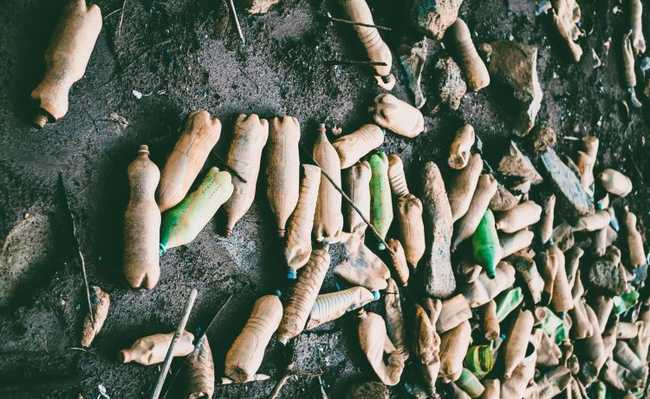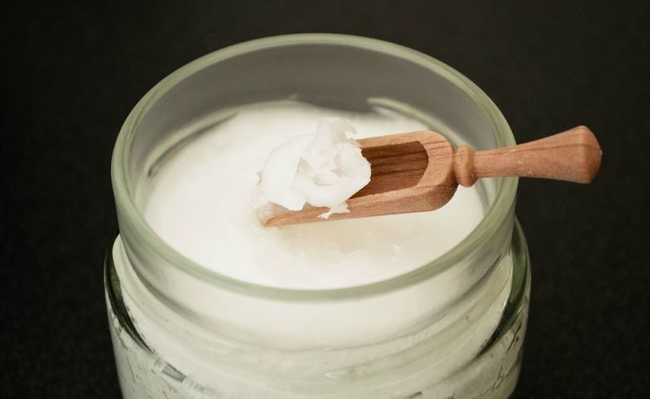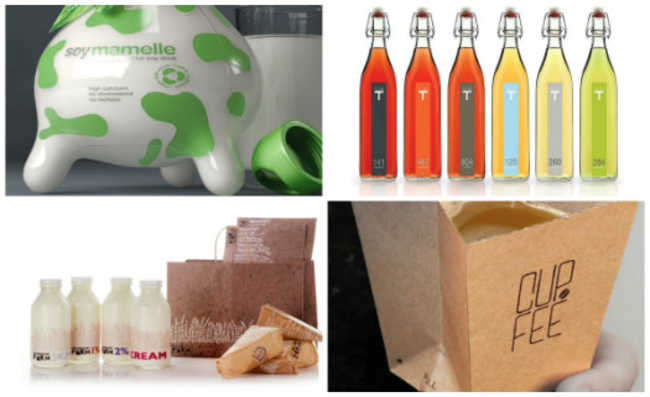How to avoid wasting water at home
Learning to read the water meter and install devices on taps are some measures that help to combat water waste in homes and apartments

According to data from a study by the University of São Paulo (USP), of all water used in Brazil, around 65% to 70% of total consumption is used in agriculture, 24% is used in industry and something between 8% to 10 % are intended for the final consumer. However, that doesn't mean that people shouldn't worry about wasting water in their homes.
Irresponsible consumption (directly and indirectly) caused Brazil to reach 40% of the waste of treated water in the country. The direct way, when talking about the use of water, happens from the moment the faucet is turned on. The indirect way is through the consumption of food products, clothing and other materials, as they use water in their production process. the NGO Water Footprint created the Water Footprint, which works as an indicator that measures the amount of water used to manufacture each product.
This water scarcity scares the 21st century generation. Until when will we have water? It is clear that industry and agriculture need to change, but it is also necessary for each individual to make conscious consumption choices. Follow now a guide teaching how to avoid wasting water in the best possible way inside your home, paying more attention to some repairs.
Reuse of water
Consciously using water is extremely important nowadays. Each liter of reuse water used in place of the water that comes out of the tap represents a liter of water conserved in our springs. According to the Basic Sanitation Company of the State of São Paulo (Sabesp), the importance of using this type of resource is such that it is part of the UN proposal for the preservation of the environment, called the Global Strategy for Water Quality Management.
This water is obtained through advanced treatment created by properties that are connected to the sewage collection network. Sabesp, which carries out this work, says that the application of reused water can be done in processes where there is no need for potable water, but which is sanitary safe (such as in the use of landscape irrigation and for flushing toilets). This reduces costs and ensures conscientious water consumption.
- What are the differences between water reuse and rainwater harvesting?
According to the United States Environmental Protection Agency (EPA), in some cases, the intent to reuse water does not come from a water supply need, but rather for the purpose of eliminating or decreasing the discharge of wastewater to rivers and oceans. With this, the habitat of many species of animals can be protected. In addition, recycled water can also be advantageous when reused for irrigation as it can contain higher levels of nutrients than potable water. This provides an added bonus that reduces the need for fertilizer application.
Reuse water or wastewater, according to the National Water Resources Council, is water from sewage, effluents from buildings, industries, agriculture and livestock (whether treated or not). So this type of water, to be reused, must undergo treatment and cannot be used for human consumption, but in our homes or buildings we can use rainwater that comes from more restricted places, that is, it has not passed through places where people, cars and animals circulate, such as parking lots and outdoor areas. Thus, we can without problems use the water from roofs through a rainwater catchment system, often adaptable to the gutters already installed - such a system, when there is no recovery system, ends up conducting this water to the city's rainwater drainage .
One way to take advantage of rainwater is placing a cistern, installed on the outside of the house, reusing the water that runs off the roof gutters. To get to know the size of the cistern you should use, just take the size of the roof (in square meters) and multiply it by the height of the water in the rain gauge. Thus, the result will be the volume in liters that it rains in your region. For the best possible absorption by the reservoir, it is necessary to have this average amount of rain that falls in the place where you live. This water can be used for irrigation of plants and gardens, washing cars, garages, kennels and if there is better planning through a qualified person, it can be connected directly to the toilet pipes in your home, taking extreme care so that it does not connect with drinking water pipes. And as it is not potable water and cannot be used for human consumption, always post warnings and do not let children play with the water, as rainwater is capable of containing animal feces or other substances that are harmful to health. The Brazilian Association of Technical Standards (ABNT) provides requirements for the best use for non-drinking purposes. To learn more, access the article "Practical, beautiful and economical rainwater harvesting system".
Therefore, one of the options on how to avoid wasting water at home is to use a rainwater filter - self-cleaning model. It is designed to be installed in the roof gutter water drop pipe. It is made of 75 mm pipe and is suitable for roofs of up to 50 square meters. For larger projects, use one filter for every 50 square meters of roof. This filter, which has a low cost, will serve to clean the initial dirt that comes with the rain, so that later this cleaner water goes to the cistern and can be reused.

Rainwater separator - for the use of rainwater, the use of this component is also indicated. It is located between the filter and the cistern and its function is to separate and discard, from heavy rain, the first water that washes the gutters and the atmosphere. Soon after that, the already clean water is taken to the cistern.

Hydrometer reading
Monitoring your home's water meter frequently is another way to avoid wasting water. This can help reduce costs and even let you know if there are leaks in pipes - this is one of the main ways in which water is wasted. A leaky faucet uses about 46 liters a day. In 24 hours, a "drip" of water will register the loss of 2,068 liters of water. Unregulated discharges and punctured pipes often go unnoticed when not observed by the hydrometer in time. Sabesp made available to the public a course to prevent leaks. Click here to find the nearest Sabesp regional office.
To assist in reading the equipment, the National Sanitation Company (Conasa) explains that the space containing six numbers is divided between black and red. The numbers in black show how many cubic meters of water were used. While those in red register consumption in hundreds and tens of liters.
The best way to calculate your consumption is to look only at those that are black. Write down the numbers that are broken down (m³) in the water bill referring to consumption in recent months. From there, you can average and try to reduce your consumption as much as possible. Check out an image that explains the reading of the water meter:

Hydrometer in condominiums
With the growing number of residential condominiums, energy and, more often, water consumption is sometimes charged the same amount for all residents, with total consumption divided by the number of people. Although in the capital of São Paulo there is no law requiring the individualization of the water meter, the amount charged equally by all residents results in a greater expense than if it were individualized. One of the alternatives for this issue is the implementation of an individual water meter for each apartment, an attitude that is already adopted by more recently constructed buildings.
Sabesp registered a 40% increase in demand for condominiums, in the city of São Paulo, interested in implementing individual water meters. This initiative results in conscientious consumption, cost management, fair payment of the water bill (the resident pays for what they consume) and avoids wasting water.
In order to carry out the works in the apartments for the implementation of individual water meters, the condominium must be approved by an audit of the ProAcqua program (insert ID 3622-AQUA certification process) and Sabesp. The quality of the service provided is established by the certified and responsible company, issuing a certificate of technical responsibility required by the Regional Council of Architecture and Engineering (CREA).
In July 2016, the national law that makes the use of individual water meters in condominiums mandatory. The measure is a way to encourage sustainability and be fair to those who strive to avoid wasting water in Brazil. This measure, along with others in the law, however, takes effect only five years after its publication and it is the responsibility of the condominiums to adapt to the changes.
cost-effective devices
There are many equipments to achieve the lowest water consumption in businesses and homes. The Rational Water Use Program (Pura) was created by Sabesp to combat waste by encouraging technological actions and cultural changes to raise awareness among the population.
The table below compares traditional and water-saving devices. Take a look and enjoy if you're thinking of switching:
| Conventional Equipment | Consumption | Saving Equipment | Consumption | Economy |
| Basin with attached box | 12 liters/discharge | VDR basin | 6 liters/discharge | 50% |
| Well-regulated valve basin | 10 liters/discharge | VDR basin | 6 liters/discharge | 40% |
| Shower (hot/cold water) - up to 6 mca | 0.19 liters/sec | Flow restrictor 8 liters/min | 0.13 liters/sec | 32% |
| Shower (hot/cold water) - 15 to 20 mca | 0.34 liters/sec | Flow restrictor 8 liters/min | 0.13 liters/sec | 62% |
| Shower (hot/cold water) - 15 to 20 mca | 0.34 liters/sec | Flow restrictor 12 liters/min | 0.20 liters/sec | 41% |
| Sink faucet - up to 6 mca | 0.23 liters/sec | CTE flow aerator (6 liters/min) | 0.10 liters/sec | 57% |
| Sink faucet - 15 to 20 mca | 0.42 liters/sec | CTE flow aerator (6 liters/min) | 0.10 liters/sec | 76% |
| General purpose/tank faucet - up to 6 mca | 0.26 liters/sec | flow regulator | 0.13 liters/sec | 50% |
| General purpose/tank faucet - 15 to 20 mca | 0.42 liters/sec | flow regulator | 0.21 liters/sec | 50% |
| General purpose faucet/tank - up to 6 mca | 0.26 liters/sec | flow restrictor | 0.10 liters/sec | 62% |
| General purpose/tank faucet - 15 to 20 mca | 0.42 liters/sec | flow restrictor | 0.10 liters/sec | 76% |
| Garden tap - 40 to 50 mca | 0.66 liters/sec | flow regulator | 0.33 liters/sec | 50% |
| Urinal | 2 liters/use | automatic valve | 1 liter/sec | 50% |
The restrictor, on the other hand, saves by reducing the amount of liquids and gases that come out of the faucet. There are models of flow restrictors that stipulate the amount of water needed to shower and wash the dishes.
The automatic valve for urinals reduces water waste by timing and thus releases only the amount needed for each use.
Sanitary basins with reduced water volume, in turn, can be of two types: by siphon or by drag. Brazilians usually use siphon cleaning systems, which are less economical and need a hydraulic installation under the slab, which favors leaks. There are models of basins with reduced discharge volume, the so-called VDR basins, which are indicated for installation on walls of dry-wall.
Remembering that the equipment manufacturers must belong to the Brazilian Habitat Quality and Productivity Program. Products must comply with technical specifications and have a minimum five-year warranty.










